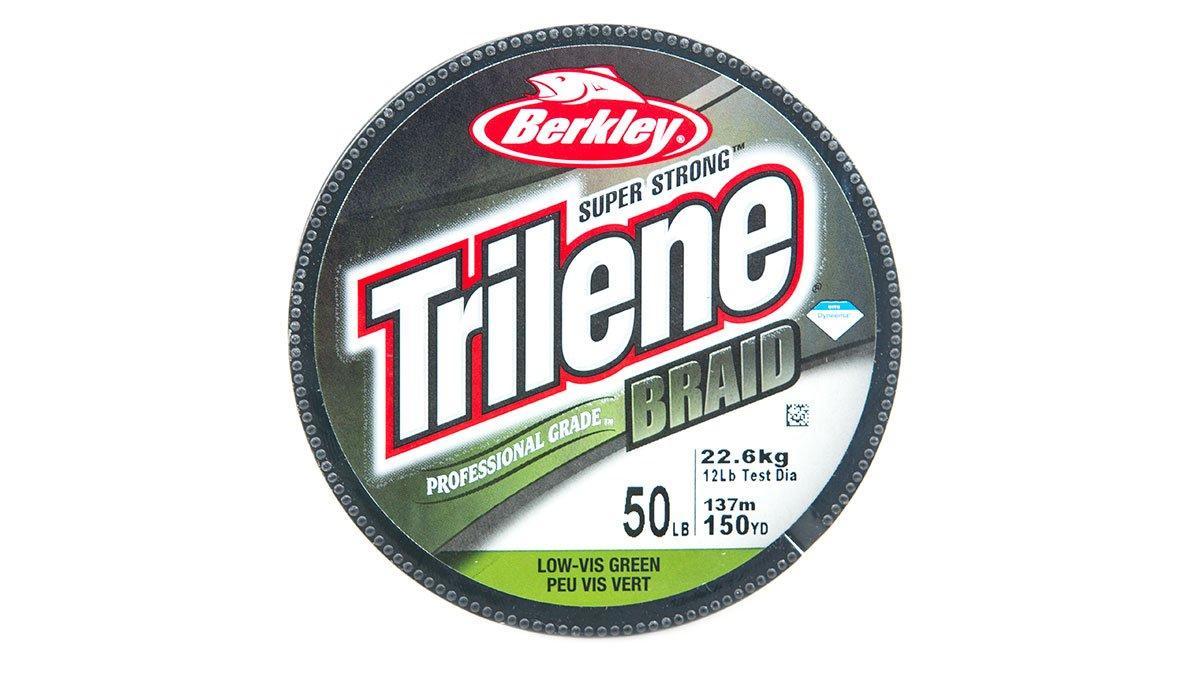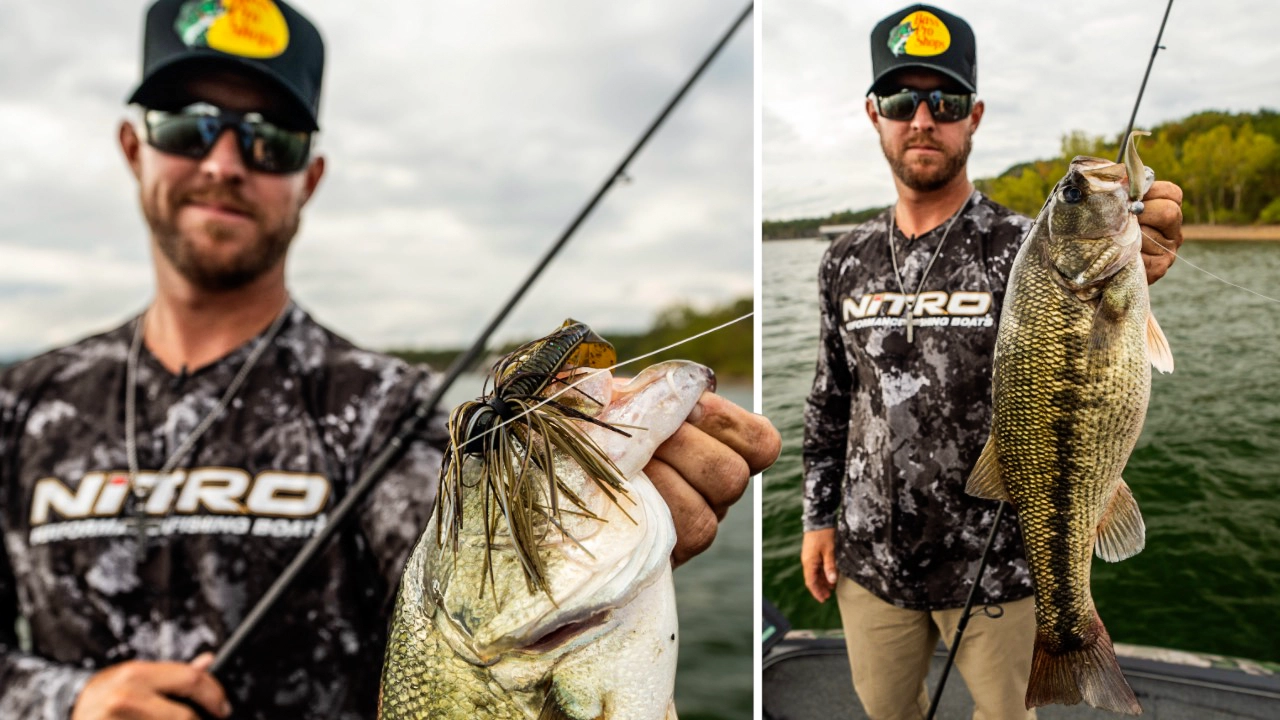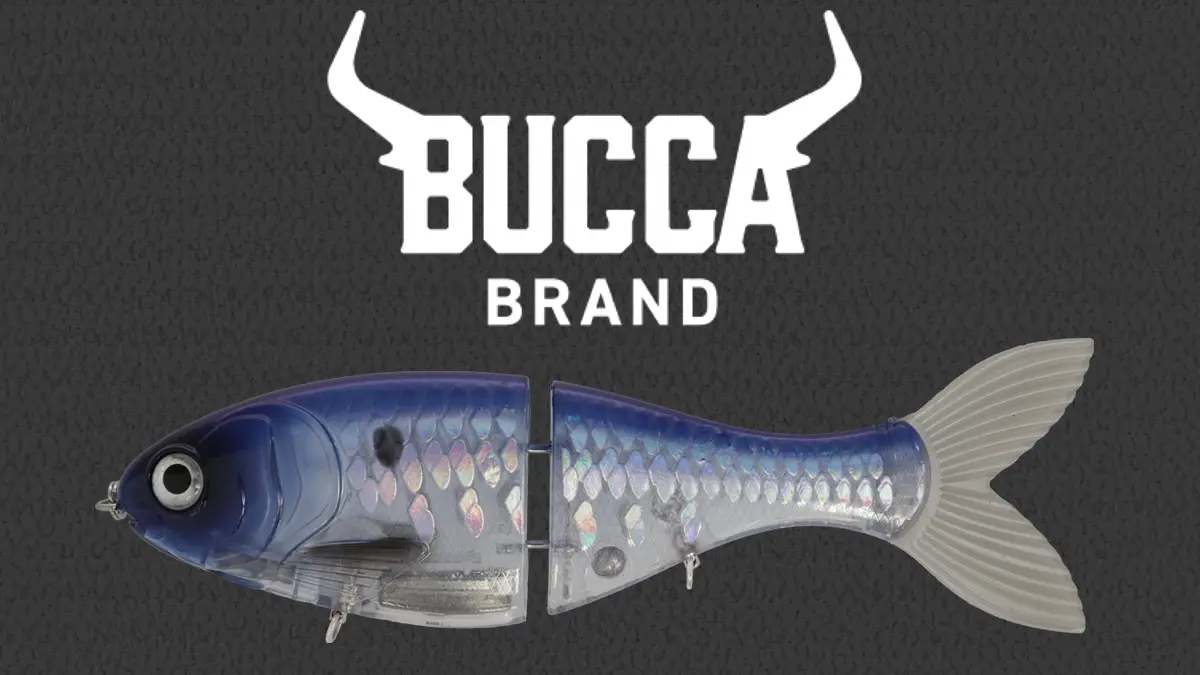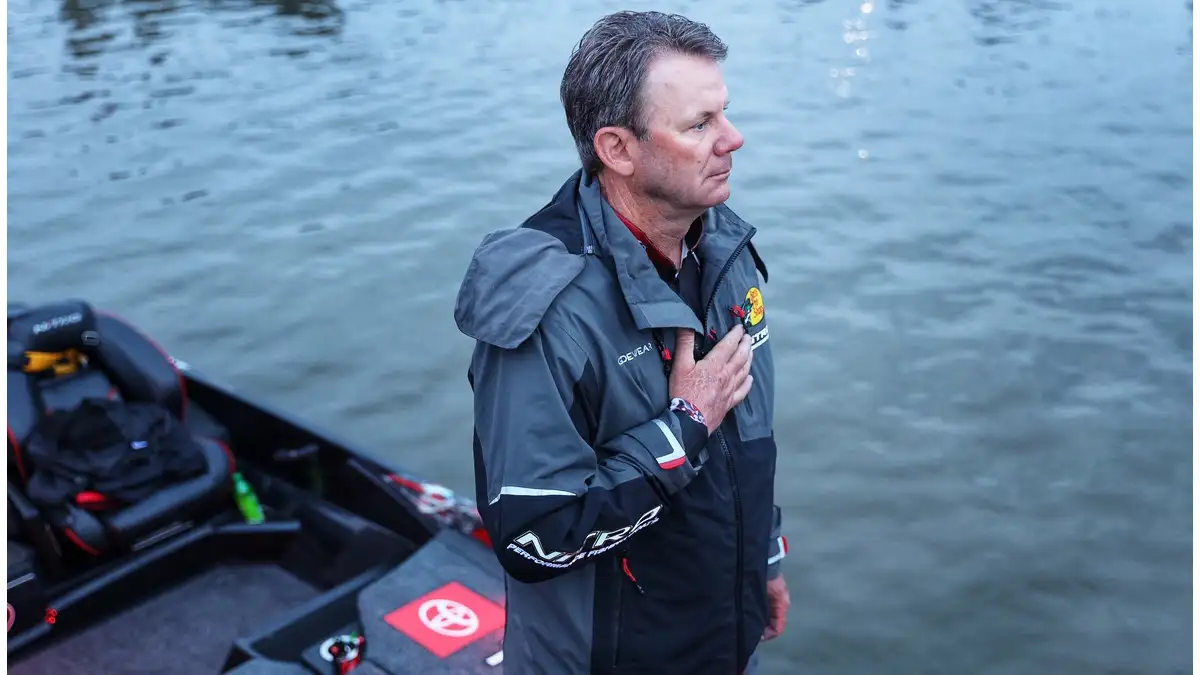I fish a lot of shallow, heavy cover throughout most of the year. It’s one of my favorite bass fishing techniques and it jives very well with the layout of my local fisheries. Because of my affinity for the thick stuff, I use a lot of braided line. To say I have a “large” collection of different brands would be a gross understatement.
In my opinion, I think a lot of anglers get a bit complacent when they’re purchasing braid. It doesn’t have the memory problems of fluorocarbon or the excess stress of monofilament, so many of us just tend to assume it’s all the same. It feels kind of like rope, so it’s all the same, right?
I wholly disagree. Each type of braided line is different, hence the reason I have such an expansive collection of it.
READ MORE FISHING LINE REVIEWS HERE
For the past year, I’ve been experimenting with Berkley Trilene Professional Grade Braid quite frequently. I was introduced to it during a trip to Mexico’s Lake El Salto and it was very impressive. So I brought it back to my home waters in the states and continued to learn about it and utilize it in my everyday fishing endeavors.
I believe there are several things you should know about it.
- Ultra-smooth
- Excellent knot strength
- Quiet
Surprisingly smooth
A lot of the braided line on the market isn’t very smooth, to be honest. Some of it actually feels like kite string. Do I avoid these braided lines? Absolutely. Is it because it hurts my delicate little thumb when I cast? Absolutely not. It’s for an entirely different reason—it’s all about performance.
Berkley Trilene Professional Grade Braid is definitely one of the smoothest braids I’ve ever had the opportunity to use. It messed with my head when I first used it because, for whatever reason, I guess I was associating the roughness of most braided lines with strength. After countless casts, hooksets and fish catches, however, I’ve come to really appreciate this particular quality.
The most common complaint you’ll hear about braided line is the fact that it can dig into itself on your reel’s spool. We have all been there. You’ll yank your jig out of a thick grass stem or lay the wood to a big bass on your favorite topwater frog and then it happens—your next cast goes about 15 feet before it comes to a sudden stop and nearly rips the rod out of your hands. I’ll admit, it’s infuriating.
This line has proven to be very resistent to digging and cinching down on itself. It doesn’t matter if I’m hung in a brush pile or frequently setting the hook; I’m able to keep casting without constantly picking at my line. Not having to worry about irritating backlashes has been an absolute joy.
You’ll also notice a somewhat “waxy” feel to this line. There’s a lot of braid out there that have this quality right out of the box, but it makes it stiff and tough to manage. Berkley Trilene Professional Grade Braid maintains this waxy, smooth feel for months and there is absolutely no stiffness to speak of—it’s incredibly manageable, it sits on the spool evenly and comes off the spool with no looping or knotting regardless of wind speed or direction.
This manageability has been very advantageous as I’ve skipped frogs underneath docks, pitched jigs and bombed soft plastic toads and buzzbaits to shallow flats.
Impressive strength
I have a few reels that have been spooled up with Berkley Trilene Professional Grade Braid since June of 2014. I’ve wrenched huge bass out of deep trees on El Salto, caught big topwater bass at home and anything else you can think of. I can honestly say that I have not had any knot failures or broken lines in the entire time I’ve used this line. Honest.
It’s very important to understand, however, that your knot is an enormous factor when you’re fishing any type of braided line. Although this line is really darn strong, if you buy a spool and tie on your favorite lure with an old Fisherman’s Knot, you’ll lose it. It will break at some point. That’s because braided line tends to slip a bit more than fluorocarbon and monofilament. So don’t fuss at me if that happens. You’ve been warned.
I’ve been exclusively using a Palomar Knot with this line—which is what I always recommend for braided line—and I haven’t had a single issue. Because of its roundness, the line cinches down very easily and makes the knot incredibly simple to tie. I’ll leave an 1/4-inch or 1/8-inch tag line on my knot and I’m good to go. I’ve gone days without retying some of my topwater frogs.
If you’re a finesse angler looking for braid to spool on your spinning reel, I’d recommend 30-pound. If you’re a heavy cover angler who likes to throw frogs, big jigs and punching rigs, go with 50 or 65-pound and you’ll be in good shape.
Comes through the guides quietly
Some folks argue that the sound of braided line can spook fish. I, on the other hand, don’t believe that. But I still prefer using a quiet braid. Here’s why.
Quiet braid seems to come through the guides with much less effort than those super-noisy braids you’ve probably used. Is it a huge deal to me? Not really. But it does contribute to an easier day on the water. This particular line is very easy to reel, it hasn’t grooved-out my line guide inserts and it simply helps me have a more fluid pitching and flipping motion as I’m working my way down large stretches of shallow cover.
Again, I really don’t think it’s that big of a deal. But I though it was worth mentioning because when you put this line on your reel, it’s not going to sound or feel like a lot of other braided lines—and that’s okay.
Final impressions
After a solid year of use, I can comfortably recommend this line for anyone in the market for some new braid. It casts effortlessly, withstands the shock of a big hookset in heavy cover and it’s super quiet. I think they did a great job designing this line.
Berkley Trilene Professional Grade Braid is available at TackleWarehouse.com.
















